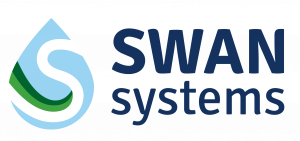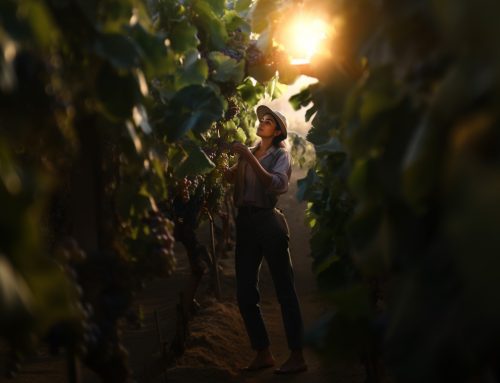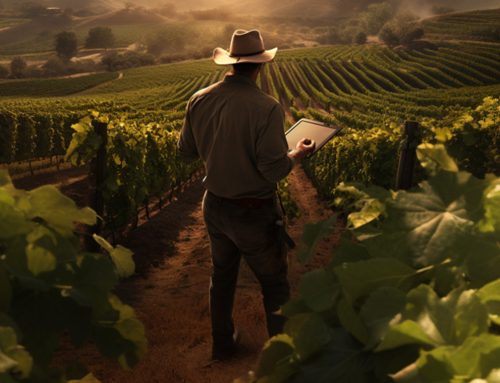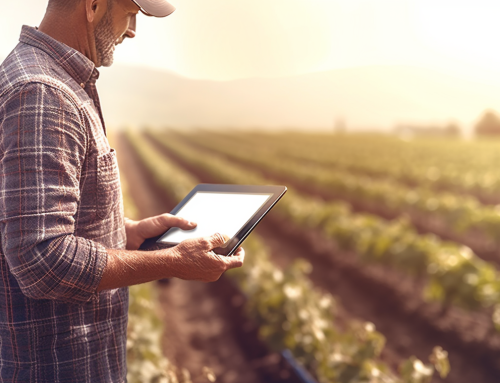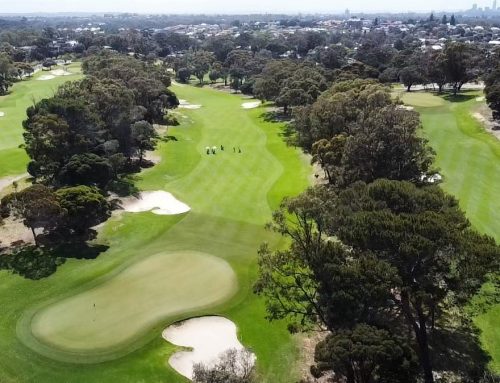Public Open Space and Smart Water Management Technology
Article appeared in The Irrigation Australia Journal as part of their “Smart Irrigation Feature”, Summer 2019 Edition, Vol 35 No 4
One of life’s great frustrations is seeing the local park or footy oval’s irrigation system on when it has just rained or is about to rain. We all think there must be a smarter way to manage our dwindling water supplies with this sentiment being exacerbated by drought conditions across Australia.
Never has the lack of rain been of greater interest to governments and to communities, whose expectations about how we use our natural resources are ever more demanding. Increasingly, we hear the term “social licence” being applied to farming practices, animal welfare and environmental programs. Individuals are demanding a higher level of accountability for a range of activities. A message from this is that better water management is of concern to everyone as we develop strategies to cope with dwindling supplies and an uncertain future.
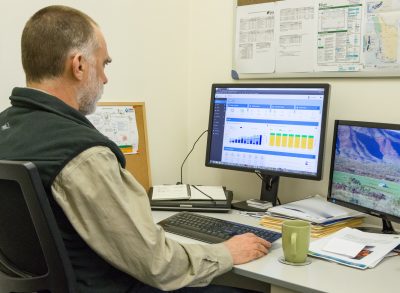
Opportunity in Data
It is in this context that innovative technologies to harness the potential of smart irrigation and water management by gathering data from a myriad of sources are being developed. While these technologies based on gathering and interpreting data provide opportunities, it is crucial that software platforms are based on the fundamental premise that the data being collected is essential, insightful and engaging. Such information must be directed towards enhancing decision making and be well understood in its application.
The digital revolution is a wonderful thing, but it must derive tangible user benefits.
While there has been a quantum leap in the sophistication of hardware systems in the last decade, the step change in the future will come from smart software that can leverage the hardware’s capability. The precision levels of irrigation hardware have advanced enormously with a range of devices targeted at improving performance, e.g. centrally controlled irrigation systems, on-farm weather stations and soil moisture probes. The ability to differentially irrigate separate fields or plots across multiple sites is also empowering the end user. Developments now allow each sprinkler head across an entire golf course to be managed independently.
With this level of opportunity comes the need for precision planning and surveillance so software management platforms deliver real returns to the user. This can apply at an individual manager level right through to a water supply manager.
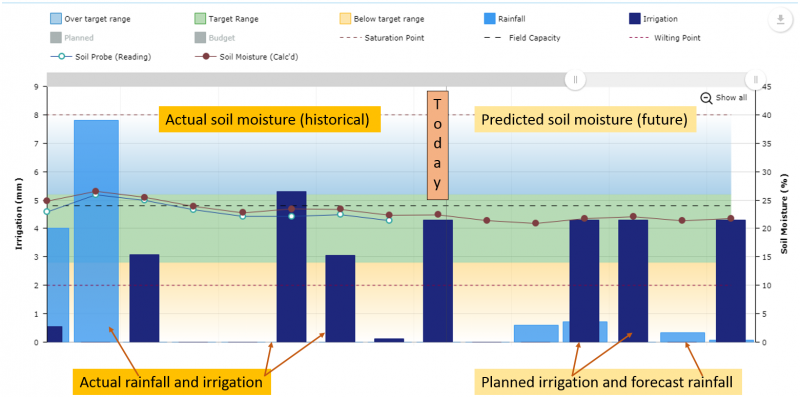
With smart systems, it is crucial that the data being gathered is useful for decision making, is user friendly and is insightful and engaging.
Open-Space Irrigation Challenges
Two critical challenges for Public Open Space (POS) irrigation managers are to:
- reduce overall water volumes being consumed
- develop strategies for the use of alternative water sources to supplement diminishing rainwater supplies.
The first challenge can be met by using data to better inform the irrigation manager on exactly how much and when the plant or crop needs water. Human nature is to put out extra water, but this can be highly inefficient and wasteful and is often suboptimal for the plant which can be affected by waterlogging and fertiliser leaching. In retrospective reviews of irrigation programs, SWAN Systems have seen excessive water use of up to 30 per cent.
The second challenge is around the increasing use of treated water and bore water as an alternative or supplementary supply to potable water. While alternative water sources have the advantage of providing more irrigation options, they also bring with them issues to manage. These include tracking the nutrient loading to understand quality issues and calibrating irrigation to take account of the inherent levels of elements like nitrogen, phosphorous and certain heavy metals.
A strategic decision when using recycled water centres around what the water is being used to irrigate. As an example, it is expensive (and sometimes unnecessary) to strip out elements which can have value to the end user when the planned use is for crop irrigation. The trick is to know what the nutrient loading is and to be able to calibrate a fertiliser program around what already exists in the supply source. This requires an integrated system where the irrigation module interacts with the nutrient module which is obviously directly relevant to fertigation systems but is also important for granular fertiliser application.
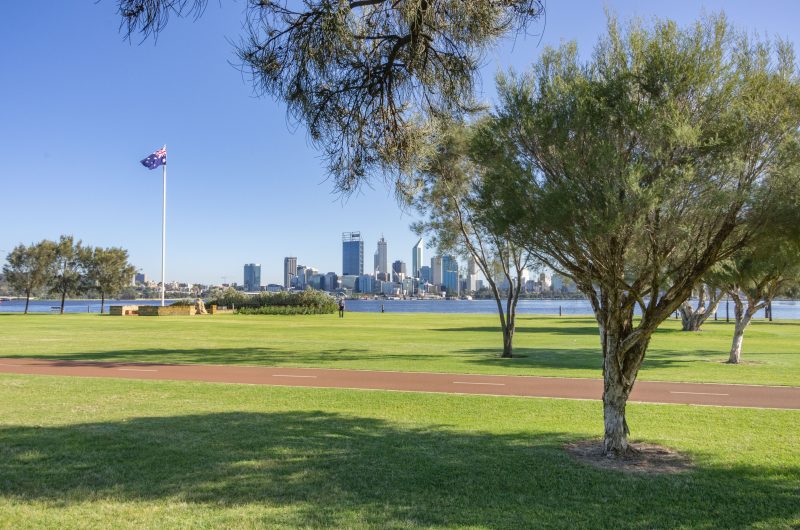
A challenge when managing irrigation of public open space is to reduce overall volumes of water consumed.
The Future is Smart
These key challenges lend themselves to technology that incorporates the collection and analysis of useful data to provide real-time responses and information
about what is happening with irrigation and water management. The advances in the next few years will be in continuing to develop software systems to
improve irrigation operation and water use efficiency, and in developing the skill of irrigation managers to fully take advantage of the opportunities offered by
smart irrigation technology.
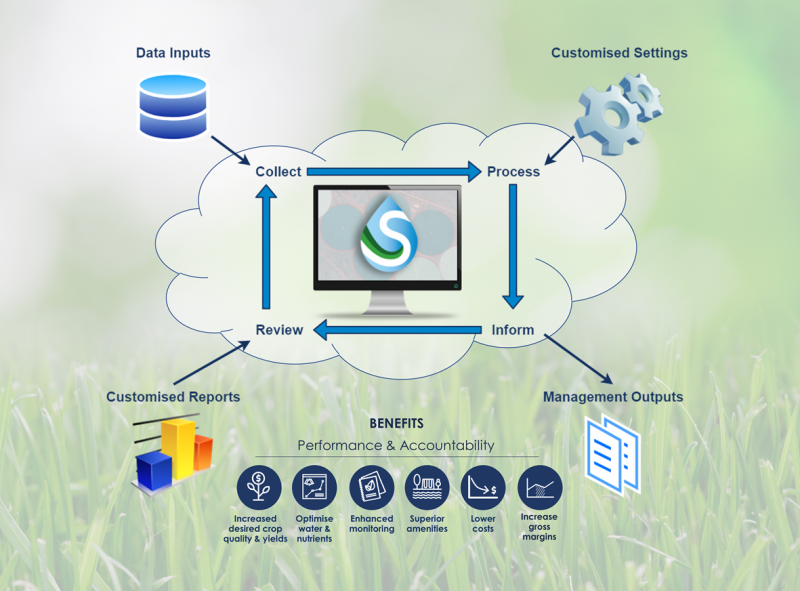
A smart irrigation system takes data from a variety of sources such as soil moisture monitors and weather services and processes and analyses it to produce information that can be customised into reports and recommendations for the customer to improve irrigation management. With many systems, the information and outputs are reviewed and can be modified to ensure they suit the management and other needs of the customer.
Article republished with permission from Irrigation Australia. Original article posted on https://www.irrigationaustralia.com.au/publications/ial-journal. Free download of The Irrigation Australia Journal Summer 2019 Edition available here.
